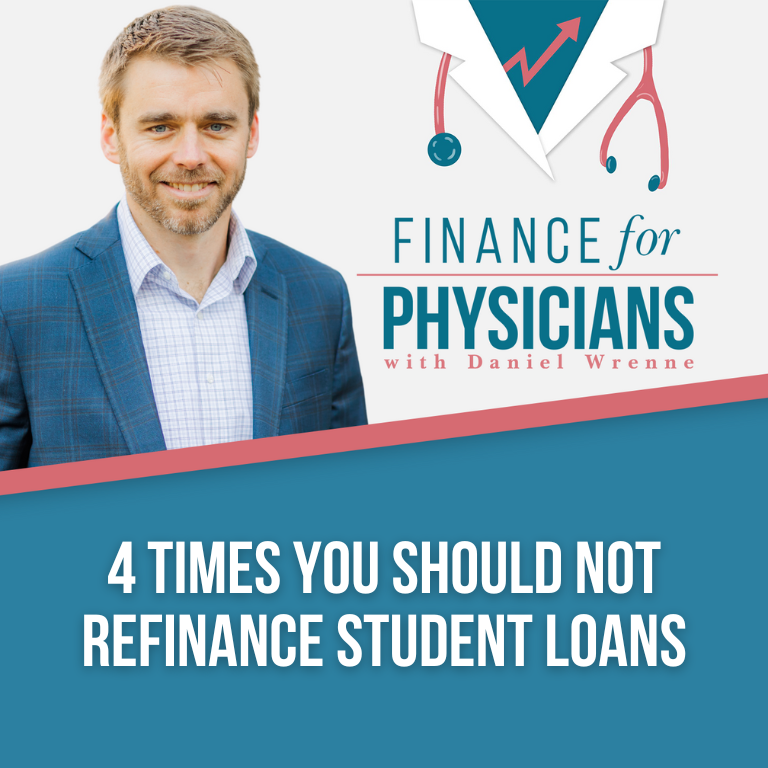For many physicians, refinancing your student loans can seem like a no-brainer. If you aren’t going for PSLF and can afford the payments, it makes sense to take advantage of the lower rates offered by refinance companies, rather than continue to let interest accrue at the expensive federal rates which can, in many cases, exceed 7%. However, the decision to refinance is not always this simple, primarily due to the many complexities of the federal programs, many of which are to the borrower’s benefit. For this reason, we’ve compiled a list of four common instances in which refinance may not make sense.
1) Your spouse has loans: This is perhaps the most costly mistake physicians make with regards to refinancing their loans. People don’t always realize that the income driven monthly payment is calculated as a household payment. Thus, by taking one spouse’s loans out of the federal system through refinance, you are effectively raising the monthly payment your spouse makes (unless payments are already capped via IBR or PAYE). This is especially costly if the spouse is going for PSLF, which we have seen occur on numerous occasions.
2) You can take advantage of interest subsidies: This is particularly true for borrowers repaying their loans under the RePAYE repayment plan. Under RePAYE, the government subsidizes 50% or 100% of the unpaid interest each month. This subsidy lowers the effective interest rate on your federal loans, especially in scenarios where your payment is low. Maybe you’re in residency and your circumstances allow you to qualify for $0/mo IDR payments. Maybe your interest rate is 6% and you have all unsubsidized loans. Under RePAYE, 50% of this interest gets forgiven and therefore your effective rate is actually 3%. This mistake is almost exclusively made by residents and fellows transitioning to practice.
3) You have large uncapitalized interest balances: If you’re in repayment under income-driven repayment and your payments aren’t large enough to pay the interest every month, you will notice an unpaid interest account balance begin to grow. This may seem like a bad thing from an interest standpoint, but this unpaid interest balance is like a interest free loan. No interest is charged on this portion, for as long as it remains capitalized. Let’s say you took out $300k of student loans in medical school, and after 5 years of training, you now owe $100K of unpaid, uncapitalized interest, for a total balance owed of $400K. If the interest rate on your loans is 6%, this is only being charged on the $300K. The other ¼ of your balance is interest free as long as it doesn’t capitalize. Therefore your effective rate is more like 4.5% (even though your stated rate is 6%).
4) You may benefit from Income-Driven Repayment in the future: If you think you may want to be a stay at home parent, or face low earning years as you start your own practice, you may find it worthwhile to pay extra interest in order to maintain the protection provided by an IDR repayment plan. We recommend running a cash flow analysis showing how your budget might be impacted during a time of reduced work, while accounting for the new, inflexible refinance payments.
